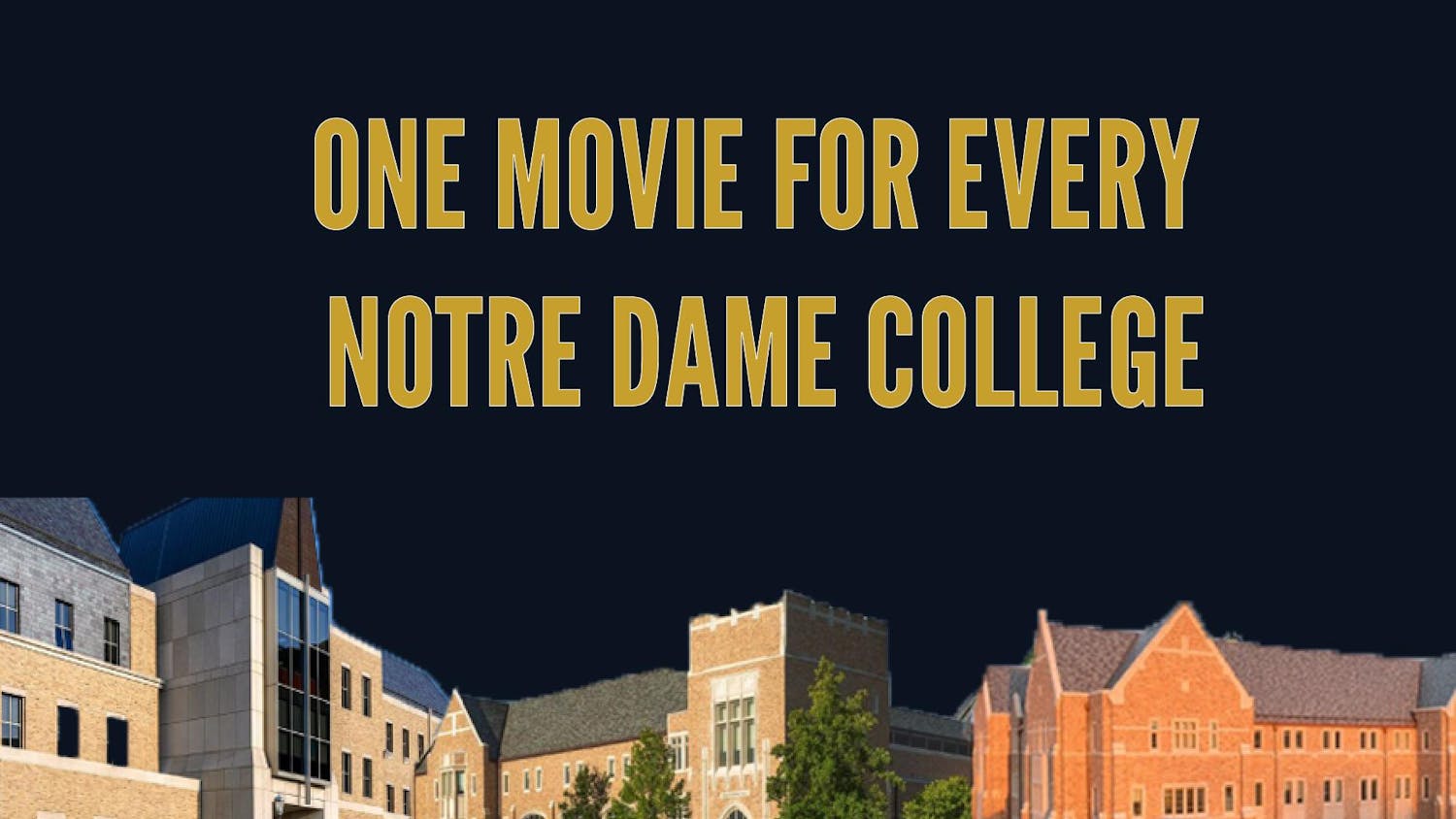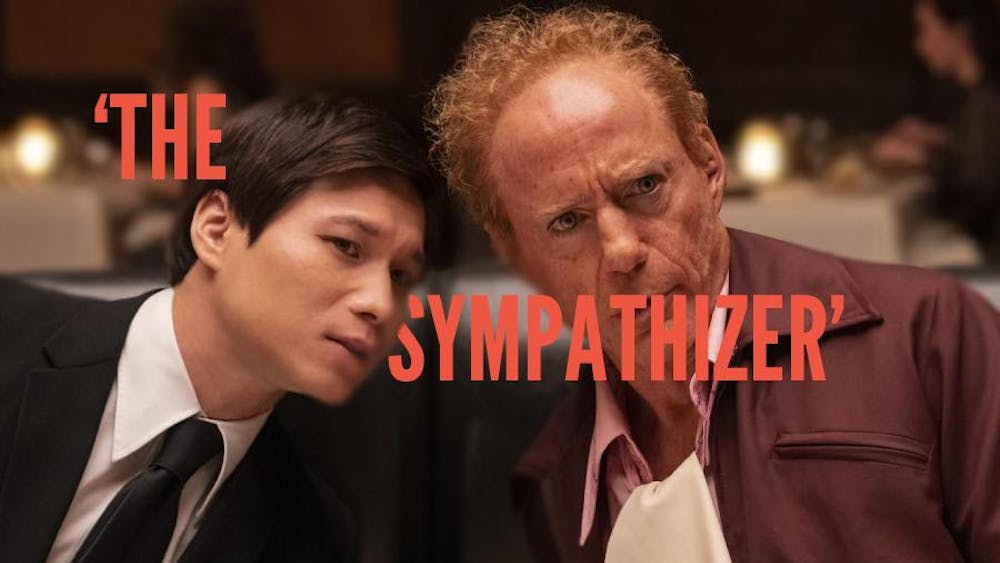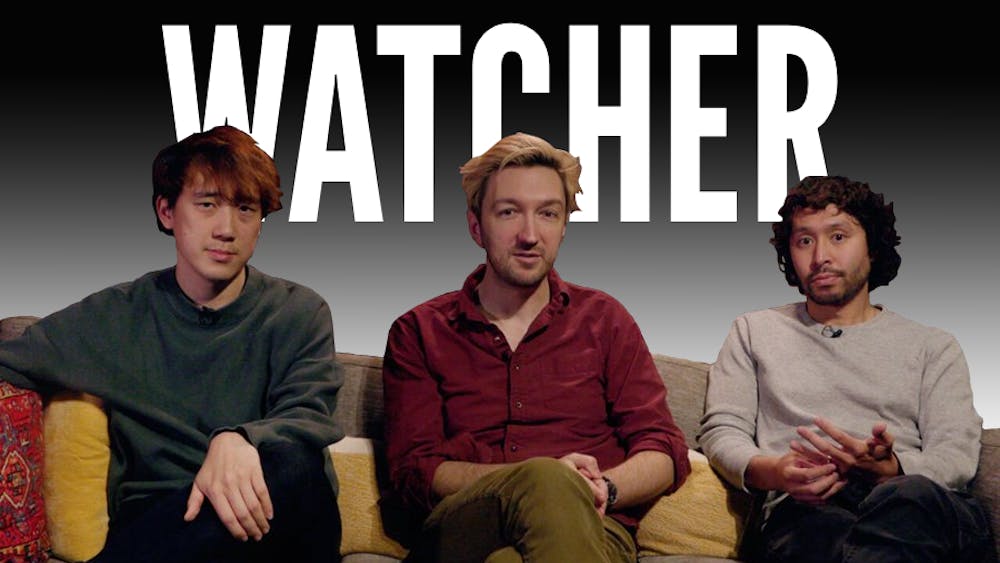
One of Disney’s oldest love stories, “Beauty and the Beast” has never failed to captivate audiences. Unlike some of Disney’s more radical takes on old classics, such as 2014’s reimagination of “Maleficent” and 2016’s live-action interpretation of “The Jungle Book,” this modern-day version of “Beauty and the Beast” — starring Emma Watson and Dan Stevens in the title roles — seems to remain meticulously close to the original animated film. The musical numbers feel energized but familiar, the Beast’s castle is still cold and empty and I still have an odd crush on the candlestick version of Lumiere. However, with a closer look, we can see this reimagining of “Beauty and the Beast” is modern in all the ways it should be.
In one of the first scenes of the film, the entire town breaks into a rendition of the song, “Belle.” Immediately, viewers are reminded of the 1991 animated film, which begins the same way. Yet, in the live-action version of the film, the song seems to mean a little more. Through this first musical number in the film, we can see that Belle — or I should say Emma Watson — does not fit in with the rest of the cast. While the rest of the townspeople dance and sing, Belle walks around the town in a casual manner. Watson’s performance recalls a college student walking to class rather than a renowned actress performing in a high budget film. While her casual movements lacked fluidity and reminded me that I was watching Emma Watson and not Princess Belle from my childhood, they also served to drive home a core theme of the entire film — Belle is a modern woman. She is ahead of her time. It's a characteristic strikingly distinct from the other characters in this film and even among other reimagined Disney Princesses from similar movies.
Later, we see Belle isn’t just different because of her posture; she can read in a town where almost everyone is illiterate, and she is also an avid inventor. In one memorable scene, she devises a way of doing her laundry by using a donkey to pull a barrel full of soapy clothing around in circles. She is immediately ostracized for this by the townspeople, and her laundry is pulled from the barrel and dumped on the floor.
In later scenes, Belle is seen entering the castle with the skirt of her dress pulled up to one side to reveal the pants underneath. The effect is that she loosely resembles Rey from “Star Wars: The Force Awakens” more than the traditional Disney princess. Belle keeps the action-hero meets French maid ensemble for most of her time in the castle. Whether rescuing her father, attempting to escape through a window or returning to the castle to save the Beast from the angry townspeople, she eschews a traditional dress for practical, modern pants.
Belle’s character is not the only place we see modernity in the film. While the relationship between Gaston and Lafou begins as harmless and humorous, the rest of the film makes it unclear whether Lafou wants to be with Gaston as a friend or as something more. In either case, their relationship moves from friendship to abusive and manipulative; Gaston ultimately threatens to throw Lafou in an insane asylum with Belle’s father if he does not do as Gaston says. Later, and mostly through an announcement from Disney, we find that Lafou is gay. Though abusive friendships may not be new, it seemed an especially poignant theme to place in the film given the youthful audience.
“Beauty and the Beast” retains all the charm of the original animated film, and it stands as a movie that parents shouldn’t be afraid to take their daughters to. The film brings just the right amount of modern twists and an empowered princess to make it relevant today.













